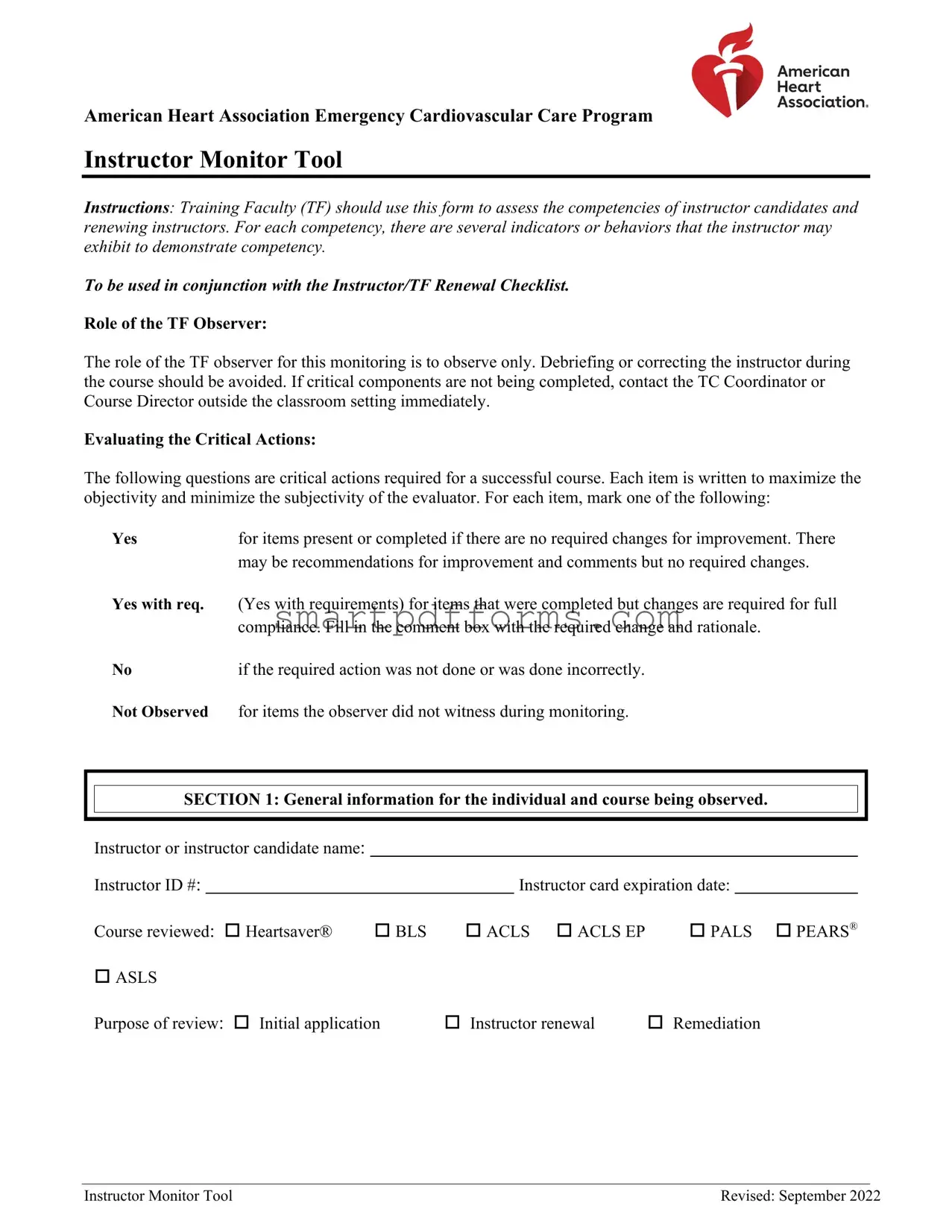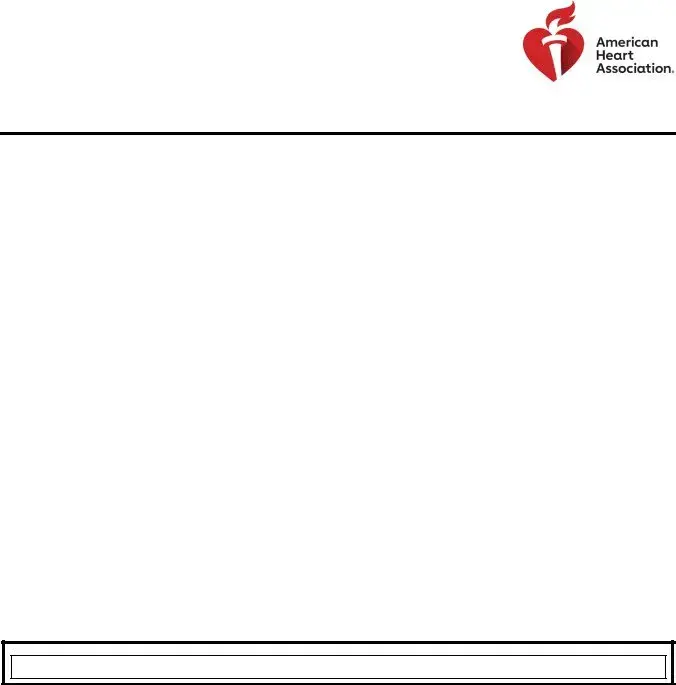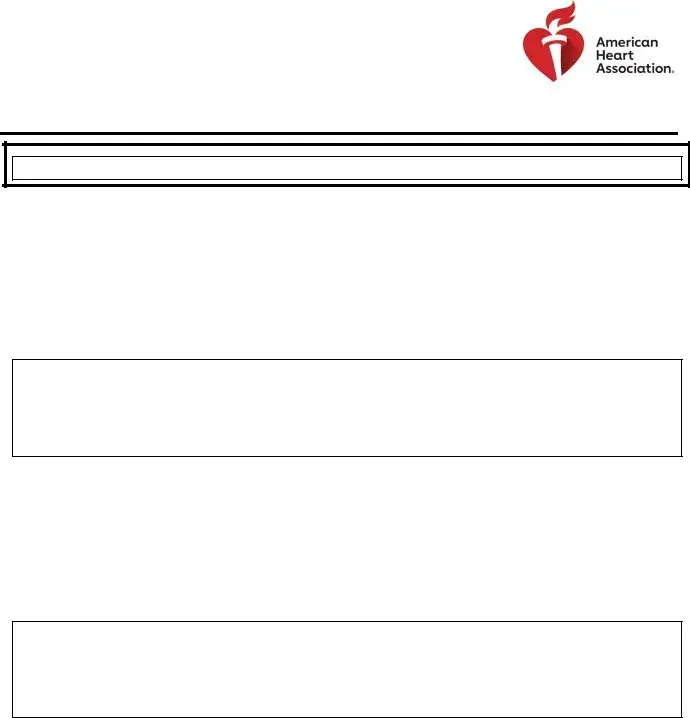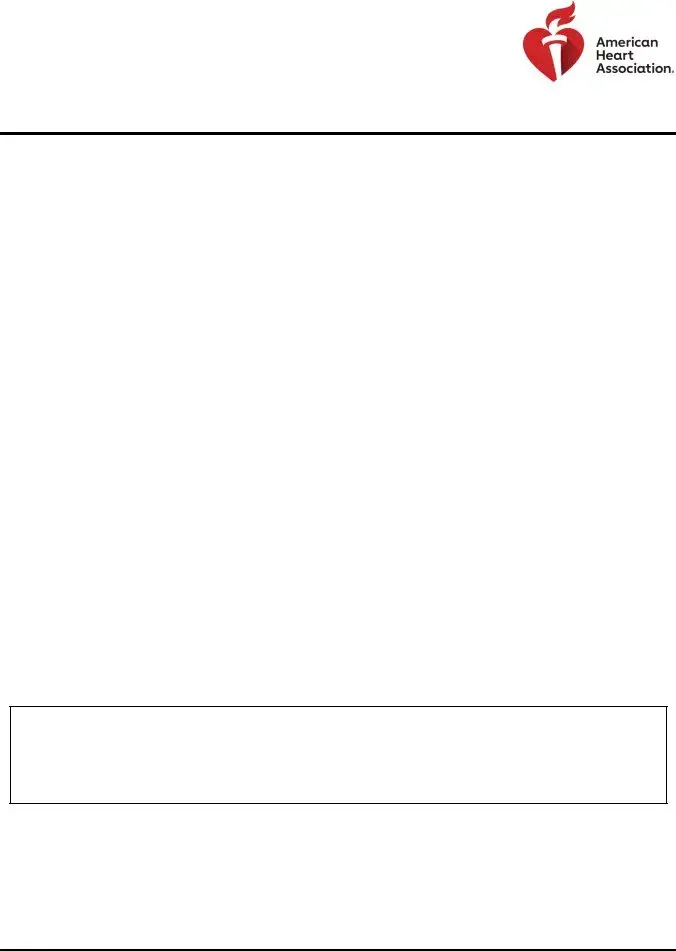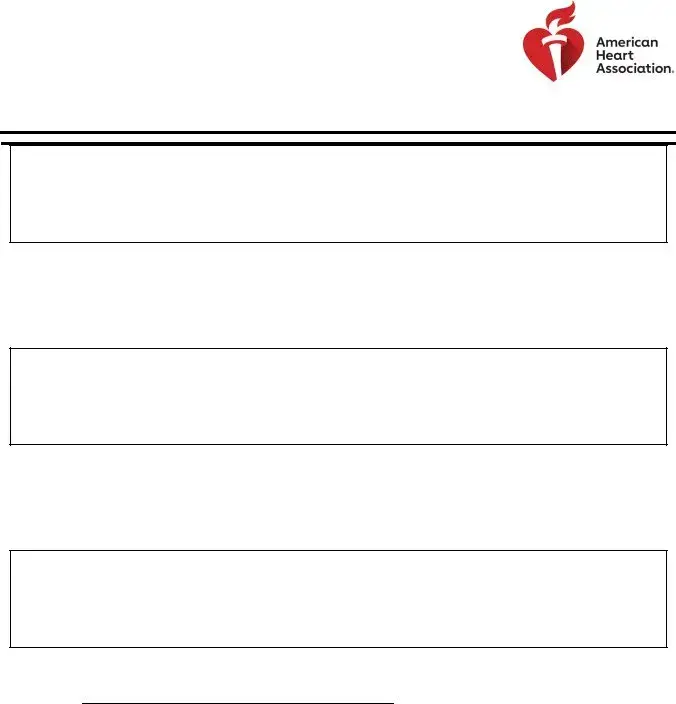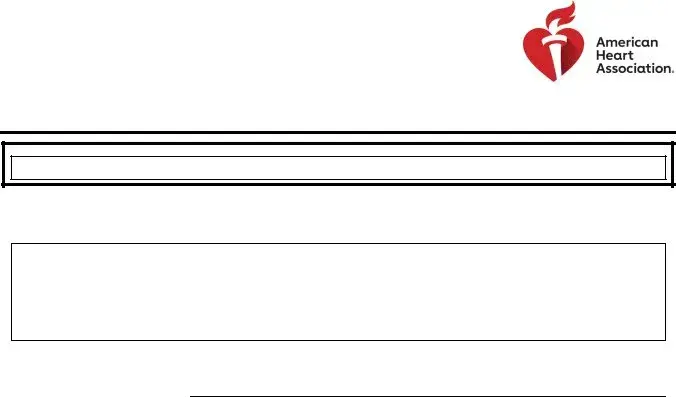Blank Aha Instructor Monitor PDF Template
The AHA Instructor Monitor Form serves as a systematic approach for the American Heart Association's Emergency Cardiovascular Care Program to evaluate the abilities of both aspiring and current instructors in delivering effective training. Tailored specifically for Training Center Faculty (TCF) or Regional Faculty (RF), this tool assesses competency through a range of indicators and behaviors observed during course delivery. Those interested in ensuring the highest standards of CPR and emergency cardiovascular care education are met can learn more about the form and its application by clicking the button below.
Make This Document Now
